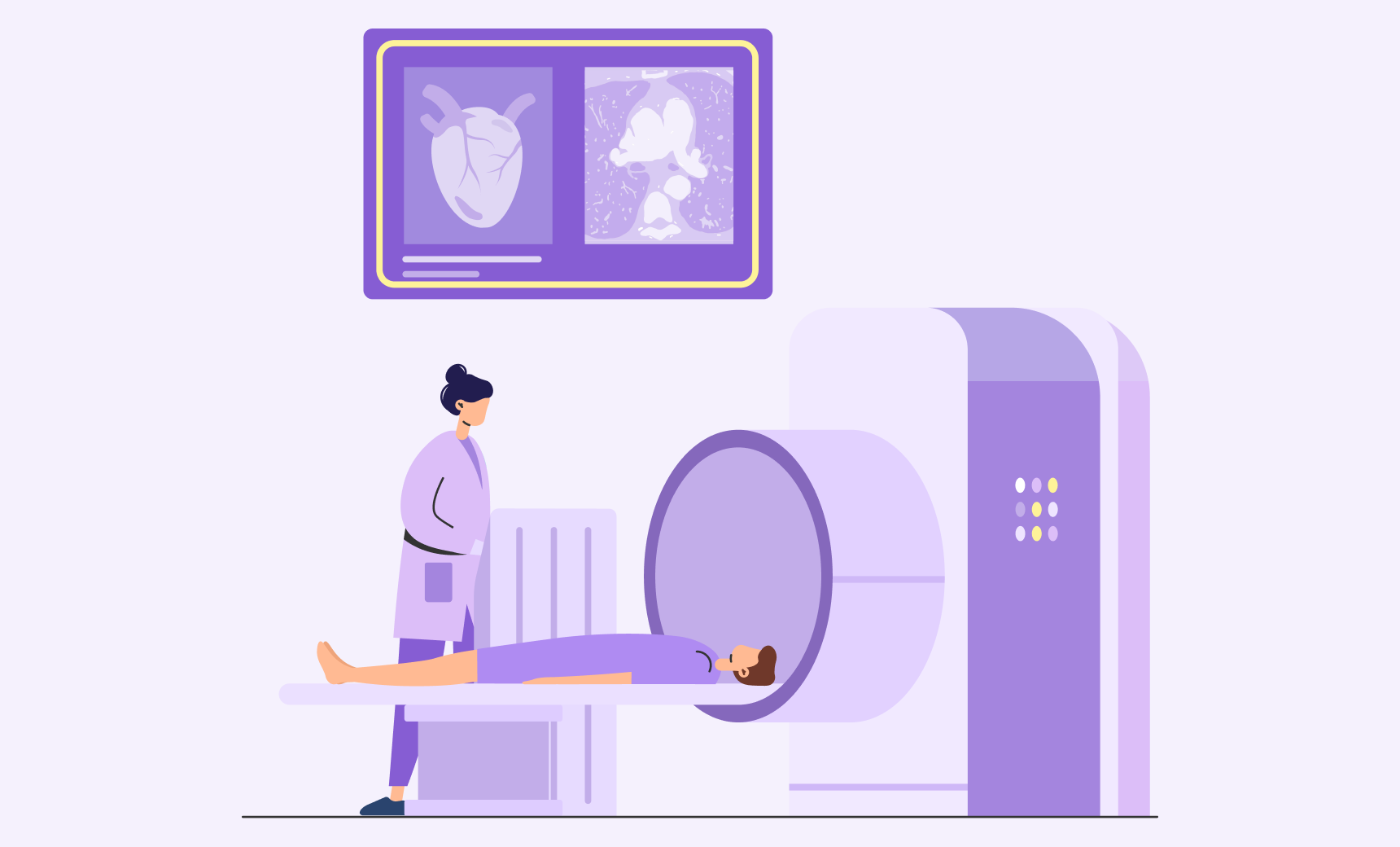
Prioritizing Heart Health: Understanding the Coronary Artery Calcium (CAC) Score
The significance of CAC Score in evaluating heart health.
A coronary artery calcium score, often known as a CAC score, is a trustworthy screening instrument that accurately predicts the likelihood of developing coronary artery disease or having a heart attack. According to cardiologist Robert Segal, MD, co-founder and CEO of LabFinder, the test is especially beneficial for patients who otherwise do not have any symptoms but could be susceptible due to advanced age, gender, high blood pressure, high cholesterol, family history, diabetes, and other factors.
“By performing a CT (computed tomography) scan or intravascular imaging, medical laboratory professionals assess the amount of plaque in a patient’s coronary arteries and determine whether an asymptomatic patient is in danger of progressing to more serious plaque buildup and arterial blockage,” Dr. Segal says. “The calcium score can help a physician determine whether a patient should be placed on preventive medications, including statins or low-dose aspirin. Test results also may encourage patients who have stopped taking statins because of side effects to resume their therapy.”
Who needs a CAC?
If you are middle-aged or older, overweight, have high blood pressure or cholesterol levels, have diabetes, smoke, take certain medicines, have a family history of heart disease, or lead a sedentary lifestyle, CAC testing is something you should consider, especially if you are a man. Depending on the patient’s first CAC level, a doctor may recommend periodic retesting, according to Dr. Segal.
According to Dr. Segal, a higher CAC score does not always portend an impending heart attack, but it does suggest that an individual should work on their lifestyle and eating habits.
What happens during a coronary calcium scan?
At the start of the test, to ensure safety, the radiographer will request that you remove any jewelry, or electronic accessories. You will be asked to remove your clothing and change into a medical gown. Subsequently, the radiographer will have you lay down on an examination table while they attach electrocardiogram (ECG) electrodes to your chest to track your heart rate.
The next step is to remain still on the CT scanning table while it slowly makes its way through the doughnut-shaped scanning machine.Unlike other tests, there is no dye given for a CAC test.
The CT scanner is linked to an electrocardiogram (ECG) that records your heart’s electrical pulses, which will be used to determine exactly when to record the images.
As the CT scanner rotates around you, a short burst of X-rays will capture many pictures of your heart and show them on a screen. The radiographer will likely tell you to remain still and to hold your breath for ten to twelve seconds while the scan is underway. It is important that you remain silent during the exam since even the slightest movement, such as shivering, might affect the outcomes.
Overall, the procedure is painless, and no special precautions are needed after having your scan done. You should be able to resume your daily activities and drive yourself home. Your cardiologist will go over your score at the follow up. The CAC provides early detection of potential heart issues, guiding preventive measures and treatment plans, ultimately reducing the risk of heart attacks and related complications.





LabFinder Editorial Team
The LabFinder Editorial Team is behind The Illuminator and The Insider, LabFinder’s consumer and business blogs.
Dr.Robert Segal
Dr. Segal is CEO and co-founder of LabFinder, as well as a board-certified cardiologist. He began practicing medicine in 2002 and has founded several businesses, including Medical Offices of Manhattan and Manhattan Cardiology.